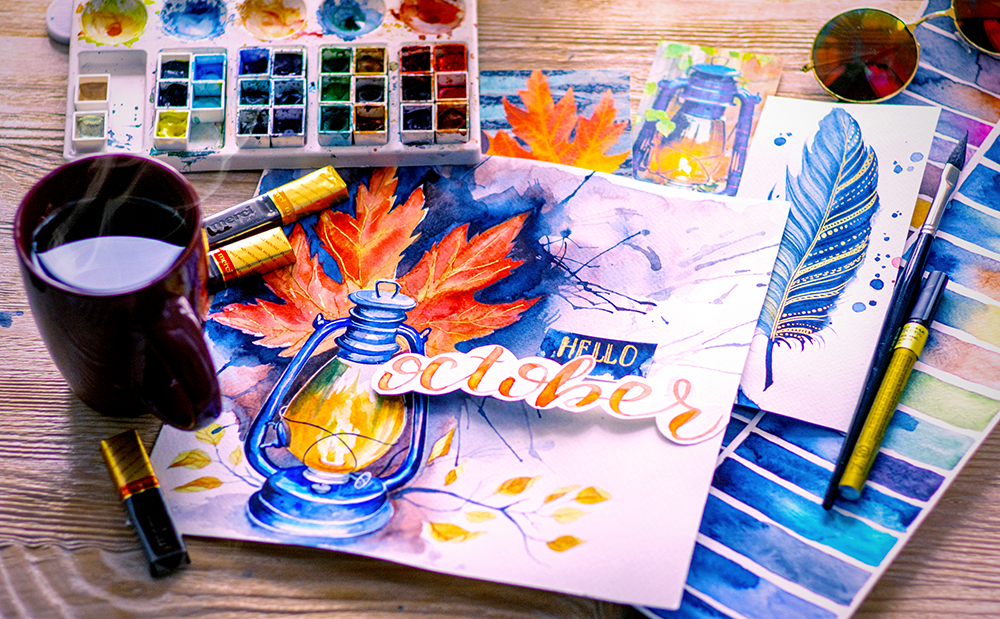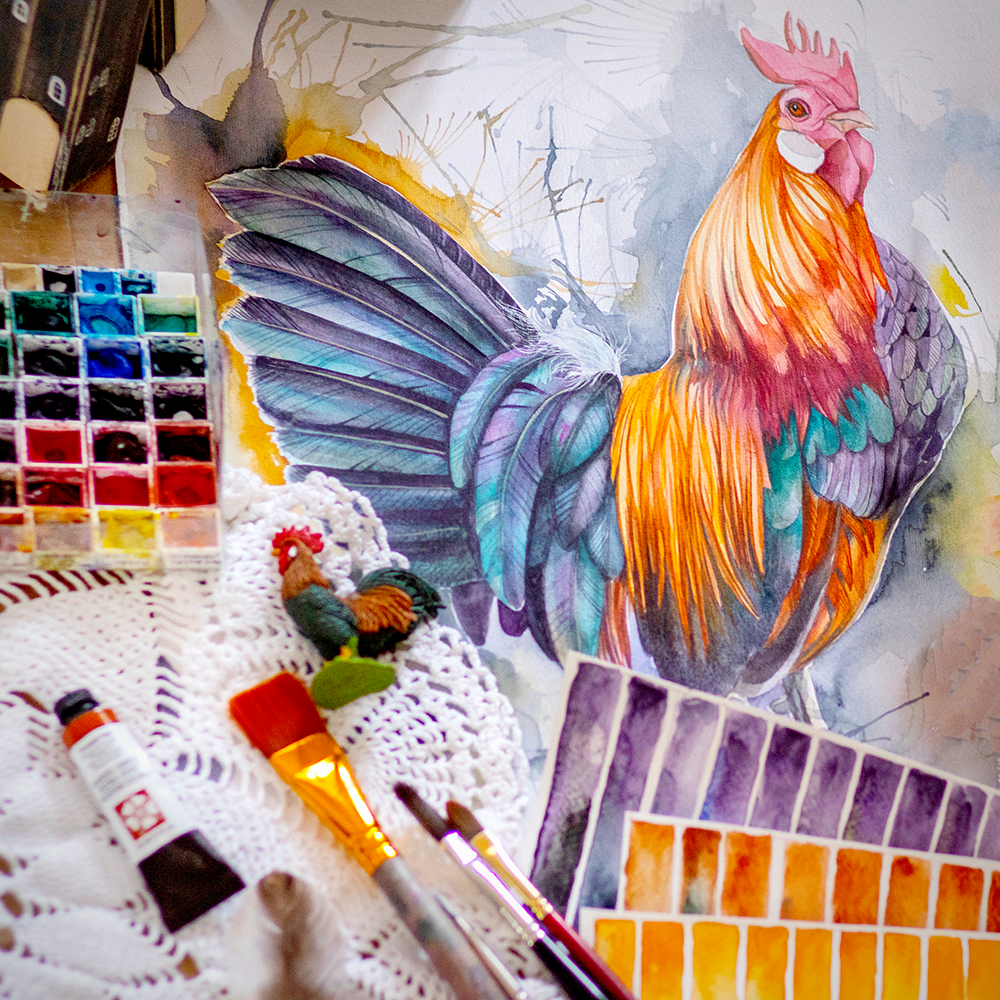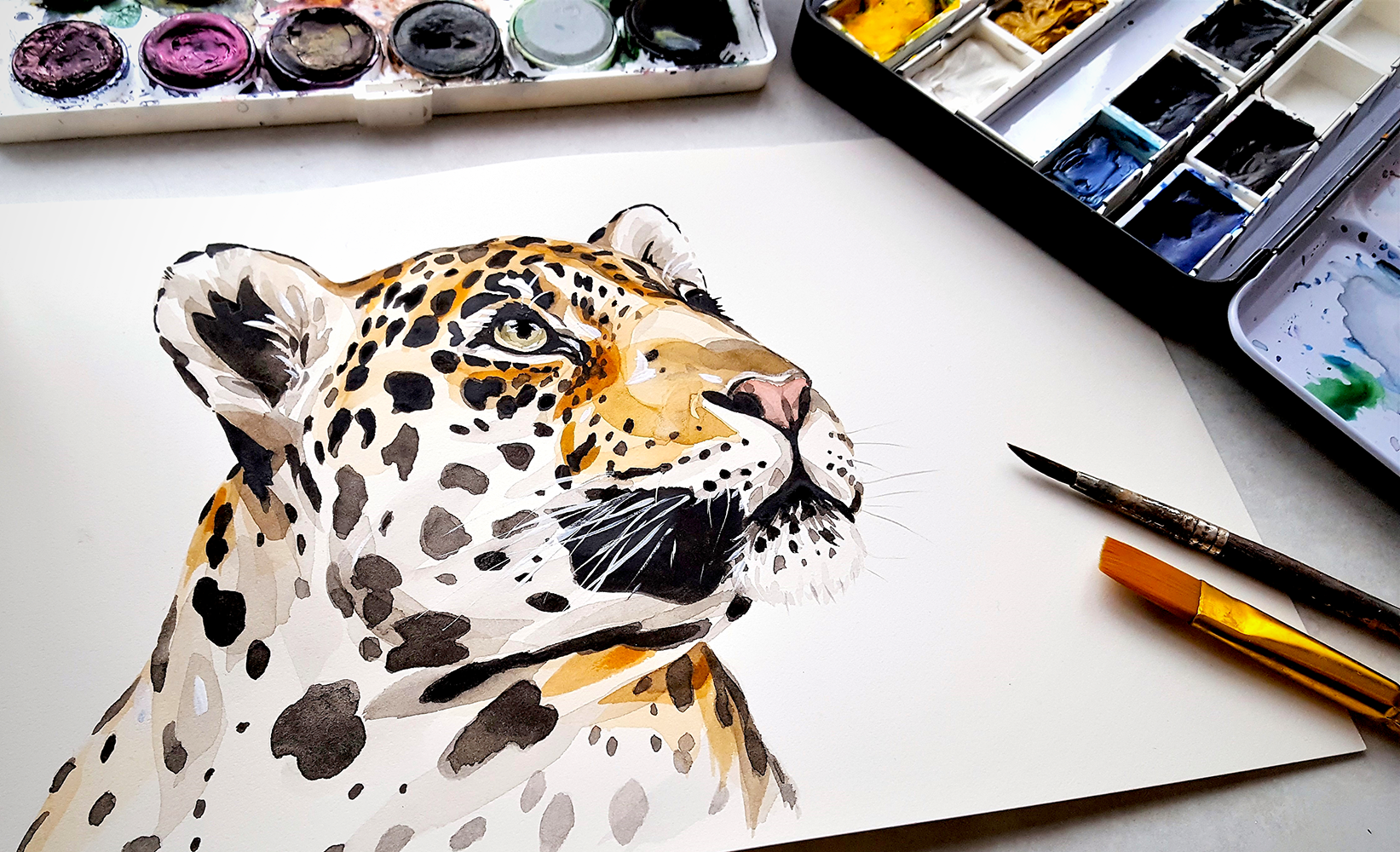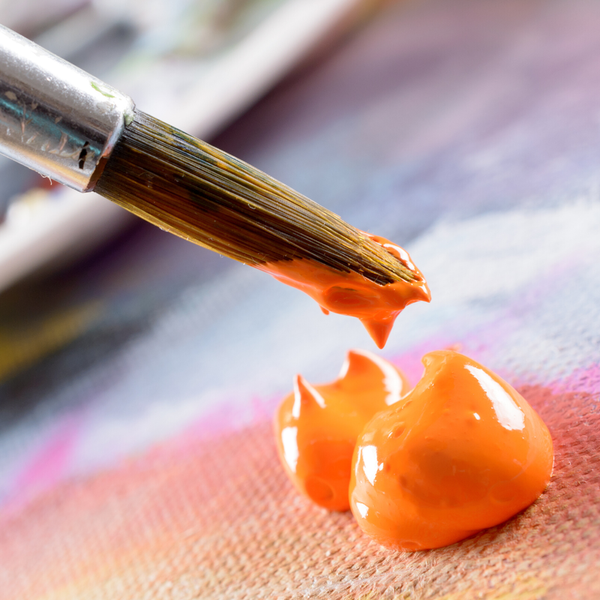Ever wondered, "Can I learn to paint by myself?"
The answer is a resounding yes!
With the right mindset, resources, and dedication, anyone can embark on a painting journey and achieve remarkable results.
This comprehensive guide will explore the steps, techniques, and resources necessary to become a self-taught artist.
Get ready to unlock your inner artist and create masterpieces that will leave everyone in awe!
Key Takeaways:
- Self-taught painting is achievable: With dedication and the right resources, anyone can learn to paint independently.
- Utilize various resources: From online tutorials to books, there are numerous tools available to aid your painting journey.
- Practice and patience are crucial: Consistent practice and patience are key to mastering painting techniques.
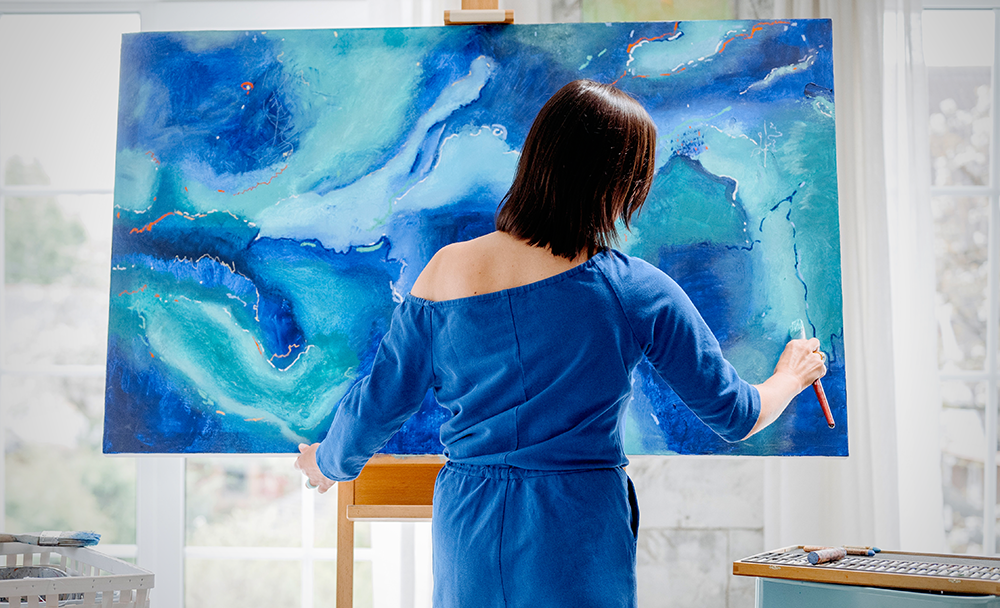
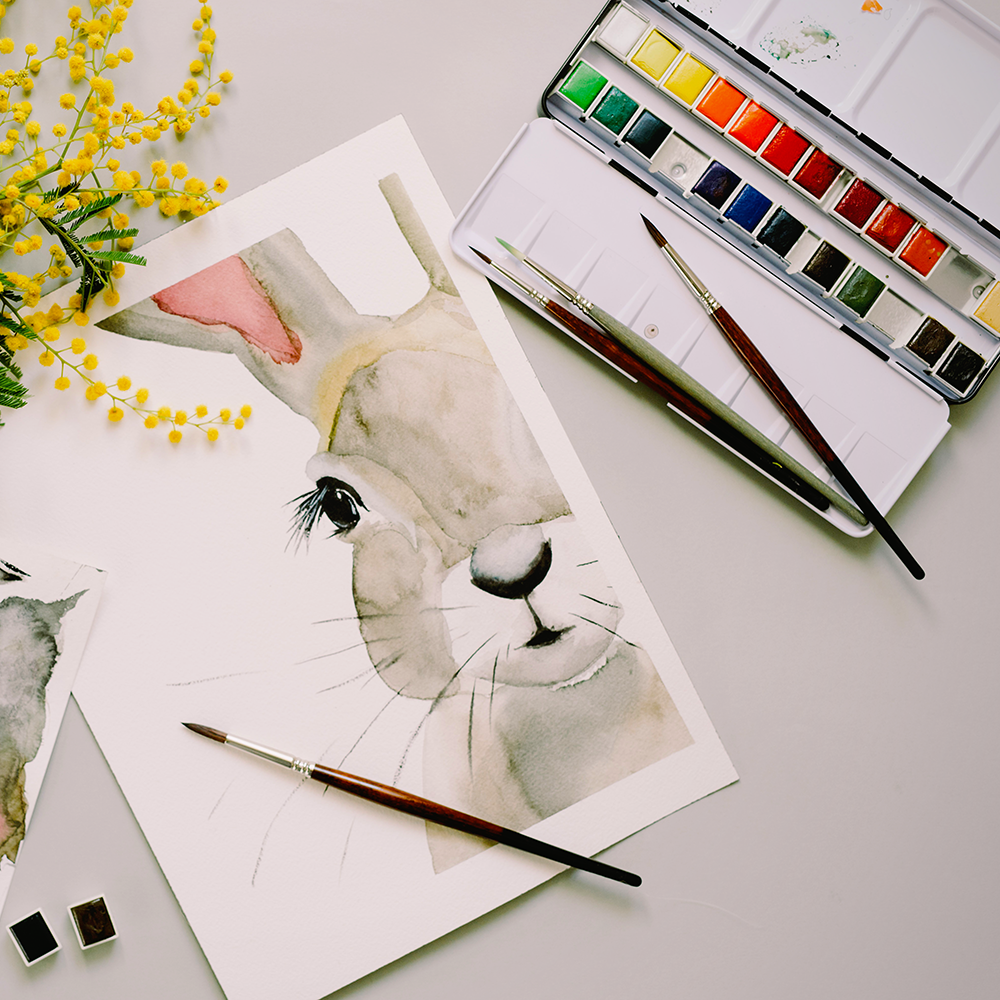
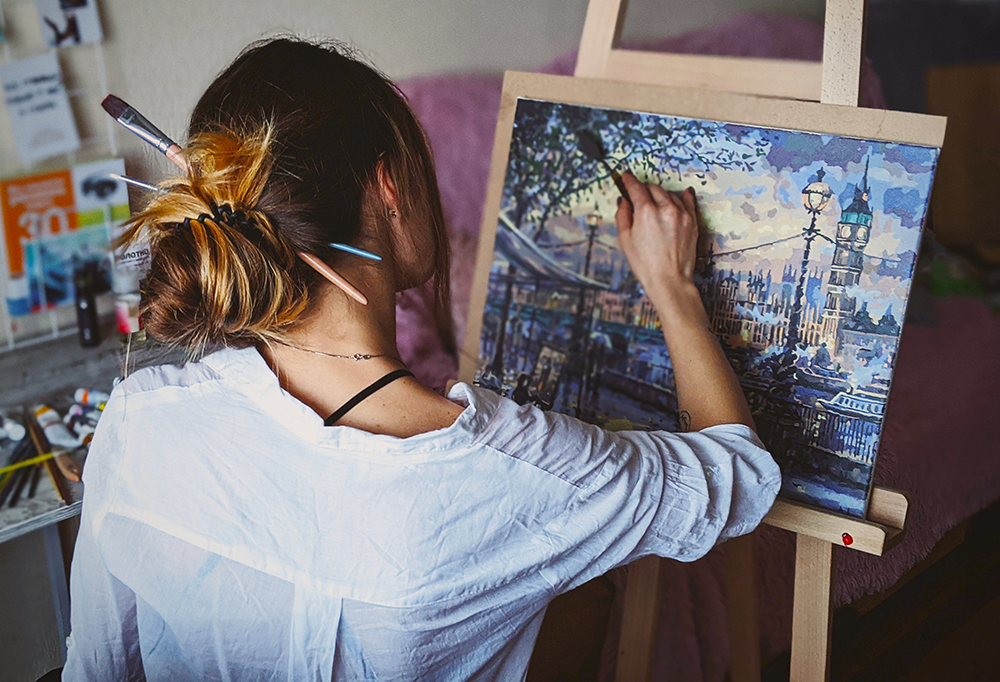
The Basics of Self-Taught Painting
Learning to paint by yourself starts with understanding the basics.
Begin by familiarizing yourself with different painting mediums such as oil paints, watercolors, and acrylics.
Each medium has its unique properties and techniques, so it's essential to experiment and find what suits you best.
Investing in high-quality paints and paint brushes is crucial.
While it might be tempting to start with cheaper materials, they can hinder your progress.
High-quality paints provide better coverage and color vibrancy, making your learning process smoother and more enjoyable.
Setting Up Your Workspace
Creating a dedicated workspace is vital for your painting journey.
Find a well-lit area with enough space to accommodate your materials and easel.
Organize your supplies, including paint brushes, paint, palette knives, and canvases, to ensure everything is within reach.
A clean and organized workspace fosters creativity and allows you to focus on your art.
Consider adding inspirational elements such as reference photos, art books, and finished paintings from other artists to keep you motivated.
Understanding the Fundamentals
Before diving into painting, it's essential to grasp the fundamental principles of art.
Start with basic drawing skills, as they form the foundation of your artwork.
Enroll in a drawing course or use online resources to learn about shapes, proportions, and composition.
Understanding color theory is equally important.
Learn how to mix colors, create harmonious palettes, and use contrasts effectively.
This knowledge will significantly enhance your ability to create visually appealing paintings.
Exploring Different Styles and Techniques
Experimenting with various painting styles and techniques is a crucial part of your learning process.
Try your hand at still life, landscapes, portraits, and abstract art to discover what resonates with you.
Each style requires different approaches and skills, helping you become a versatile artist.
Study the works of old masters and contemporary artists to gain insights into their techniques.
Analyze their brushwork, use of light and shadow, and composition.
This practice will inspire you and provide valuable lessons for your own art.
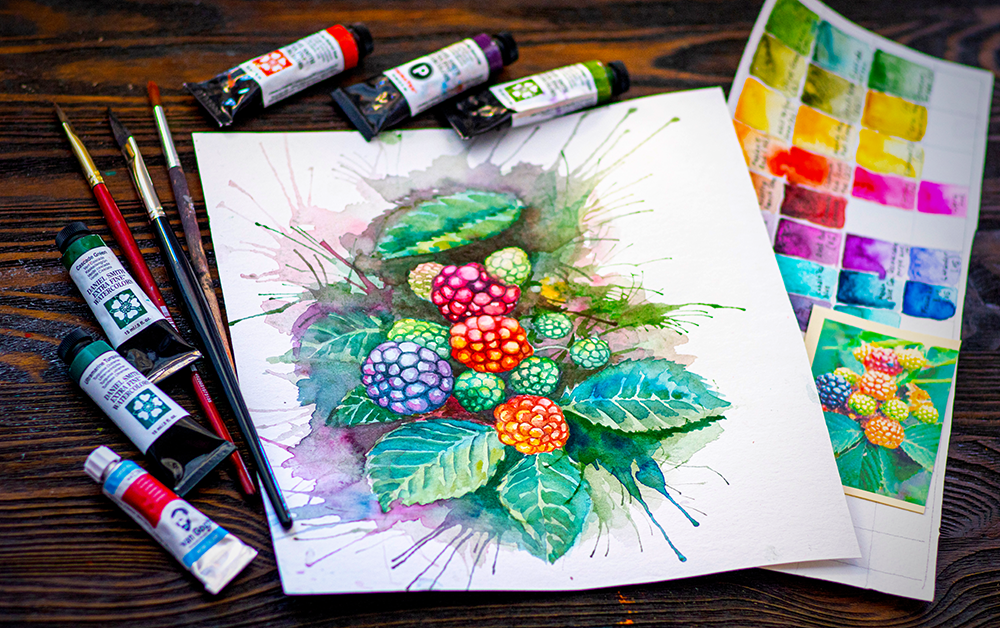
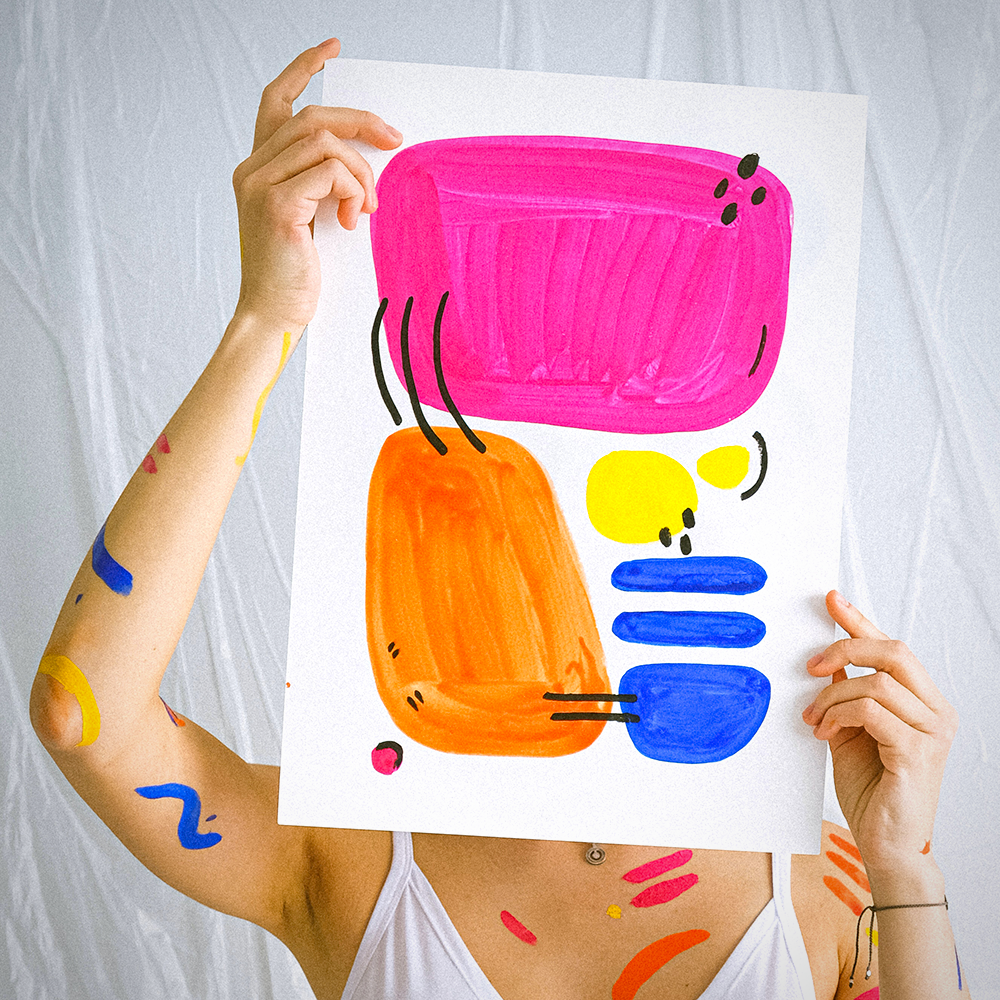
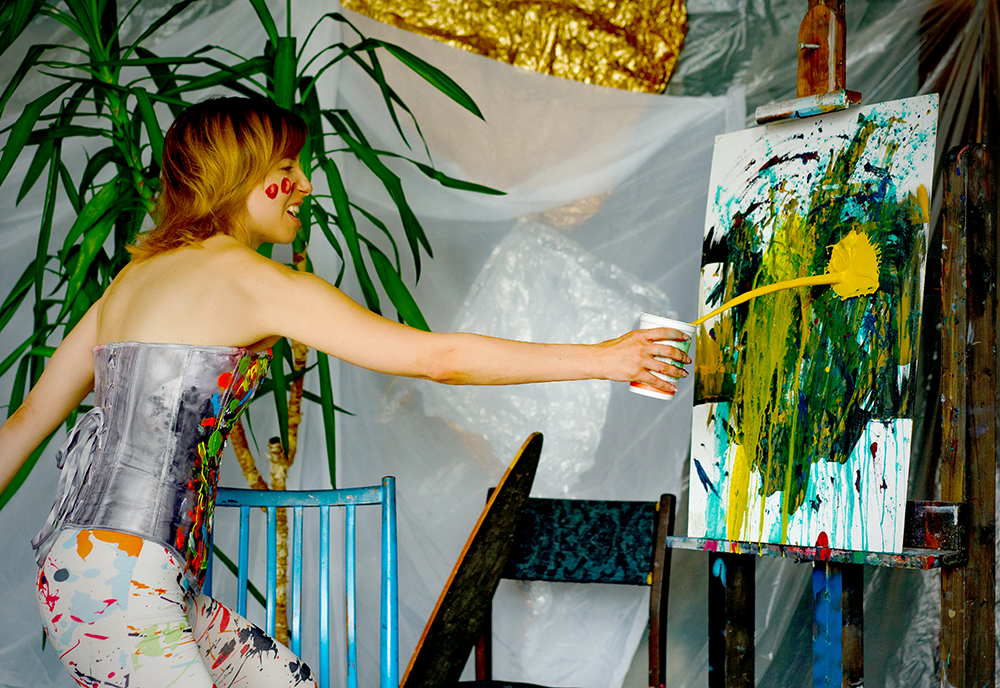
Utilizing Online Resources
The internet is a treasure trove of free resources for aspiring artists.
Platforms like YouTube offer countless tutorials on all the techniques you need to learn painting.
Channels dedicated to oil painting, acrylics, and watercolors provide step-by-step guidance, making it easier to follow along.
Online art communities and forums are excellent places to seek advice, share your progress, and connect with other artists.
Engaging with these communities can provide valuable feedback and encouragement throughout your painting journey.
Practicing Regularly
Consistent practice is the key to improvement.
Set aside dedicated time each day or week to work on your art.
Start with simple exercises, such as sketching basic shapes or practicing brush strokes, and gradually move on to more complex subjects.
Don't be discouraged by initial failures.
Every artist faces challenges, and mistakes are part of the learning process.
Embrace them as opportunities to learn and grow.
Over time, you'll notice significant progress in your skills and confidence.
Seeking Inspiration
Inspiration can come from various sources. Nature, everyday objects, and personal experiences can all spark creativity.
Keep a sketchbook handy to jot down ideas and make quick sketches whenever inspiration strikes.
Visiting art galleries, museums, and exhibitions can also provide fresh perspectives and ideas.
Observing the works of other artists in person allows you to appreciate the details and techniques that might not be evident in photographs.
Experimenting with Different Materials
Don't limit yourself to one type of paint or canvas.
Experimenting with different materials can lead to exciting discoveries and unique effects.
Try using palette knives for texture, mixing media for interesting contrasts, or painting on unconventional surfaces like wood or fabric.
Exploring various materials will expand your creative horizons and help you develop a distinctive style.
It also keeps the creative process exciting and prevents you from falling into a routine.
Choosing the Right Tools and Materials
Selecting the right tools and materials is crucial for any self-taught artist.
High quality paints, whether acrylic or water colours, can significantly impact the outcome of your art work.
Investing in a good set of brushes, a sturdy easel, and a reliable palette knife will make your painting process smoother.
Remember, the fun part of painting is experimenting with different tools to see what works best for you.
When you begin painting, it's essential to have all the materials you need at hand.
This includes canvases, sketchbooks, and a variety of brushes.
You might also want to explore using a reference photo to guide your work.
As you progress, you'll quickly learn which tools you prefer and which ones help you achieve the desired effects in your finished painting.
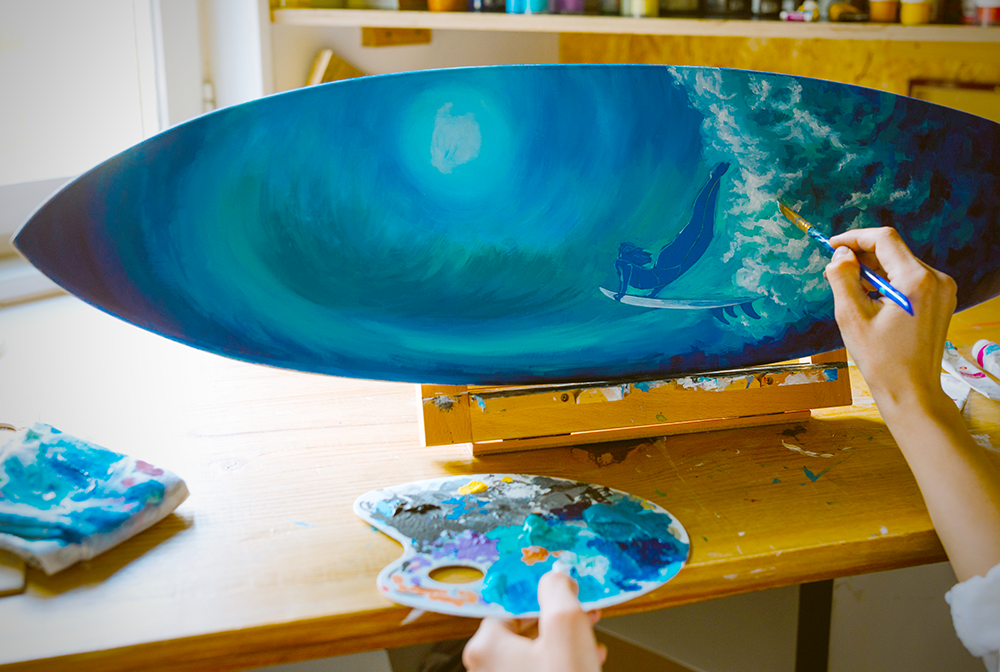
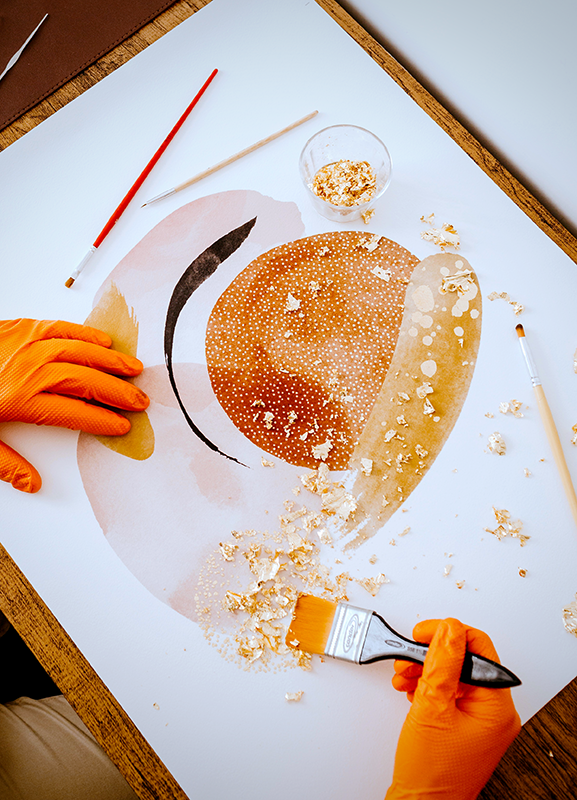
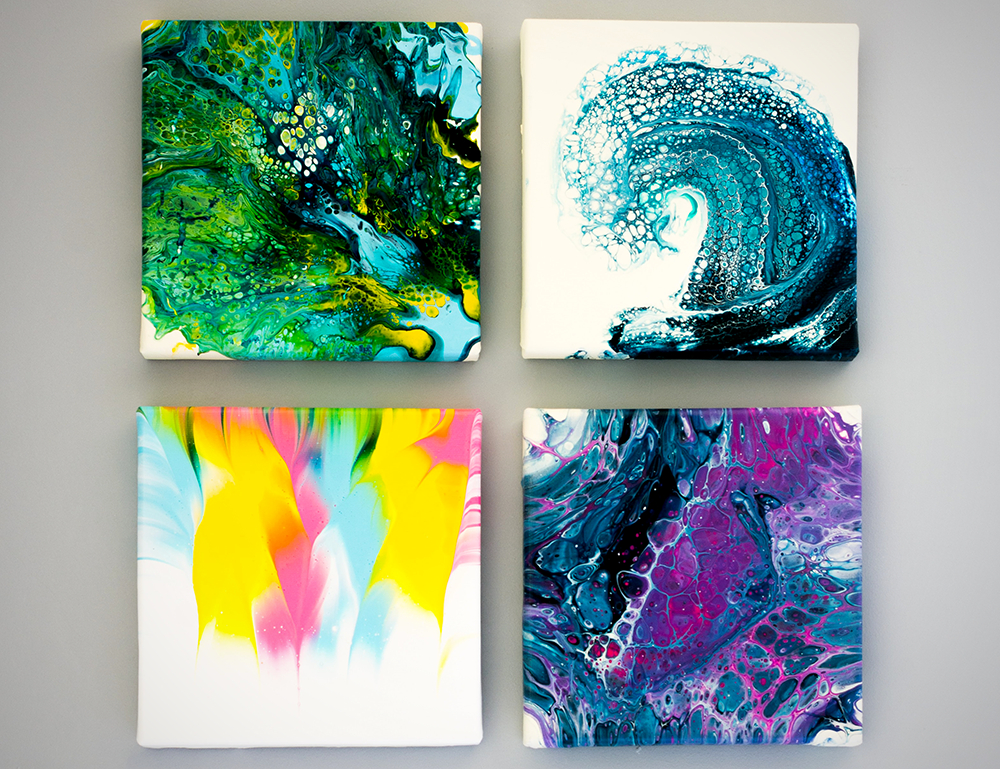
Mastering Techniques and Styles
Mastering various techniques and styles is a significant milestone in your art journey.
Techniques such as blending for soft edges or using a palette knife for texture can add depth to your paintings. Watching YouTube videos can provide valuable tips and tricks to enhance your skills.
Each technique you learn will bring you closer to creating a few paintings that truly reflect your unique style.
Different styles, from realism to abstract, offer a wide range of possibilities.
As you explore many different types of art, you'll discover what resonates with you.
Don't be afraid to draw inspiration from other artists and art classes.
The more you practice, the more you'll understand the nuances of each style and how to incorporate them into your own work.
Remember, every painted piece is a step forward in your art journey.
Learning from Mistakes
Mistakes are inevitable, but they are also valuable learning opportunities.
When a painting doesn't turn out as expected, analyze what went wrong and how you can improve.
This reflective practice will enhance your problem-solving skills and artistic growth.
Don't be afraid to take risks and push your boundaries.
Some of the most innovative and memorable artworks come from bold experimentation.
Embrace the unknown and trust your instincts.
Developing Your Unique Style
As you progress, you'll start to develop your unique artistic style.
This style is a reflection of your personality, preferences, and experiences.
It sets you apart from other artists and makes your work recognizable.
Pay attention to the elements that consistently appear in your paintings, such as color choices, brushwork, and subject matter.
These recurring themes are the building blocks of your style. Embrace them and continue to refine your approach.
Seeking Feedback and Critique
Constructive feedback is invaluable for growth. Share your work with friends, family, or online art communities and ask for honest critiques.
While positive feedback is encouraging, constructive criticism helps you identify areas for improvement.
Be open to different perspectives and use the feedback to refine your skills.
Remember, every artist has room for growth, and seeking feedback is a sign of dedication to your craft.

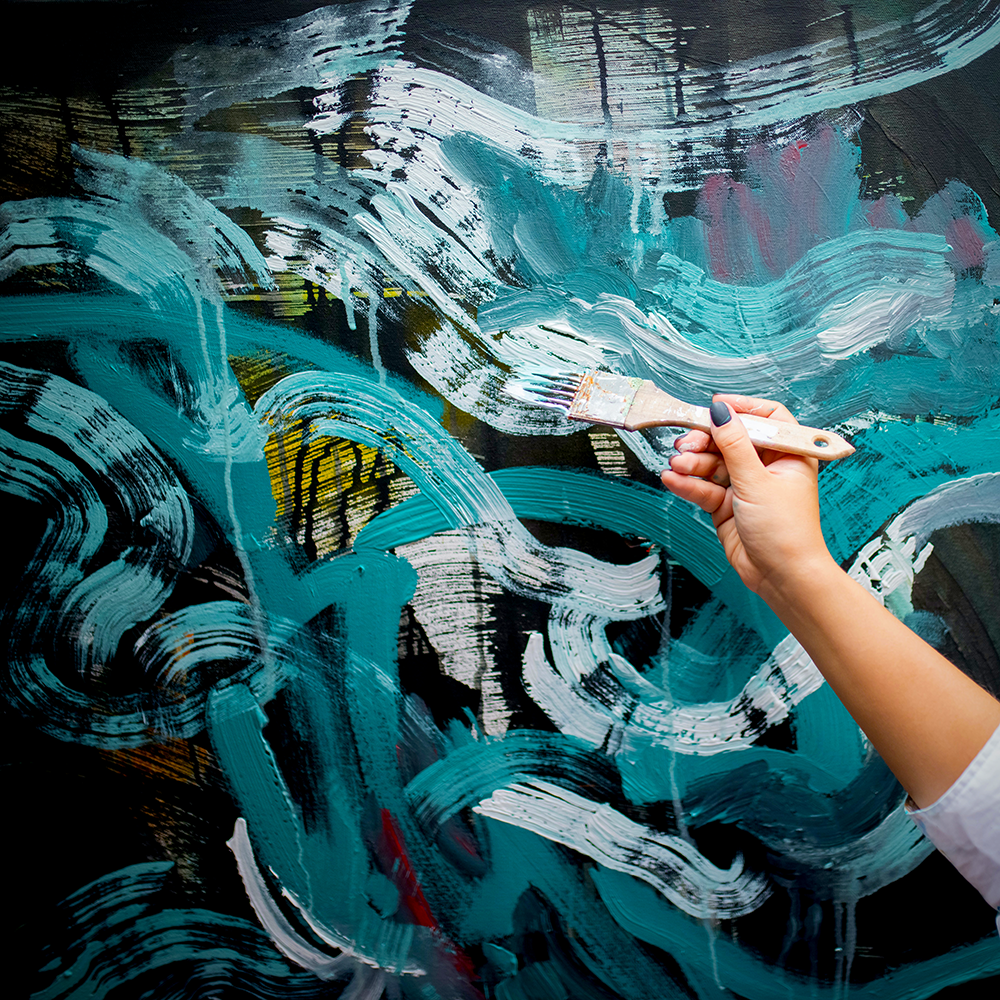
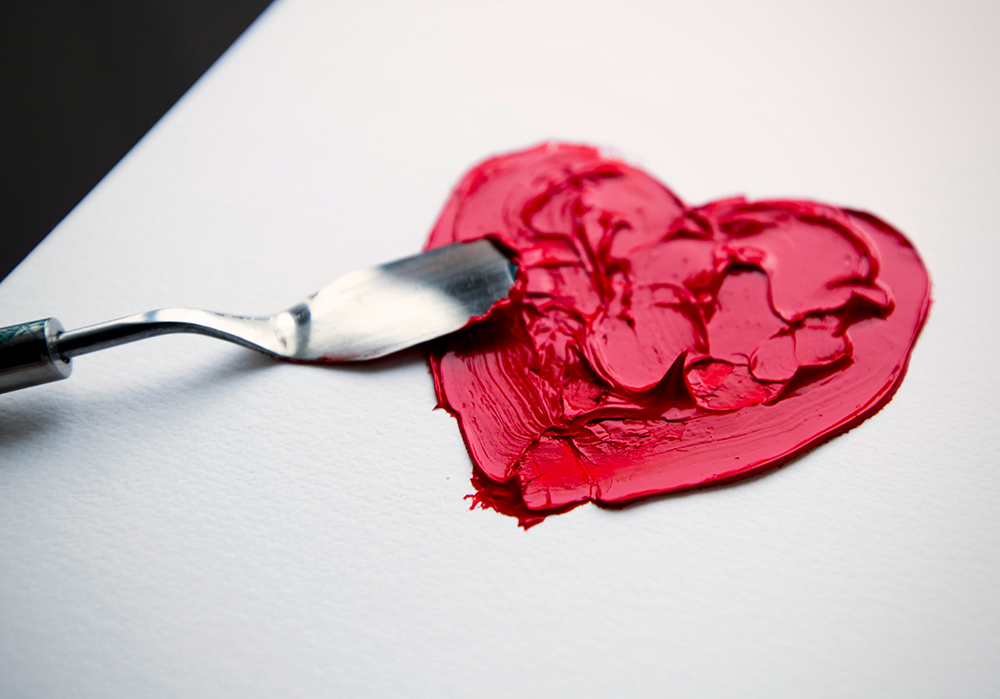
Balancing Practice and Rest
While consistent practice is essential, it's equally important to take breaks and rest.
Overworking can lead to burnout and hinder your progress.
Listen to your body and mind, and take time off when needed.
Engage in activities that relax and rejuvenate you, such as reading, walking in nature, or spending time with loved ones.
A balanced approach ensures you stay motivated and enjoy the creative process.
Documenting Your Progress
Keeping a record of your progress is a great way to stay motivated and track your improvement.
Take photos of your paintings at different stages and create a portfolio.
This visual documentation allows you to see how far you've come and identify patterns in your growth.
Reflecting on your journey can also provide insights into your strengths and areas that need more attention.
It's a powerful tool for self-assessment and continuous improvement.
Embracing the Joy of Painting
Ultimately, painting should be a joyful and fulfilling experience.
Embrace the process, celebrate your achievements, and enjoy the creative journey.
Whether you're painting for personal satisfaction or aspiring to become a professional painter, the joy of creating art is its own reward.
Remember, every artist's journey is unique.
There is no right or wrong way to learn painting.
Trust yourself, stay curious, and keep exploring the endless possibilities of art.
Painting Tips to Elevate Your Artistic Skills
Ready to take your painting skills to the next level?
Whether you're a beginner or looking to refine your technique, these painting tips will help you create stunning masterpieces.
Let's dive in!
Start with Quality Supplies: Invest in good quality brushes, paints, and canvases. High-quality materials can make a significant difference in your artwork's final look.
Master the Basics: Before diving into complex techniques, ensure you have a solid understanding of basic concepts like color theory, brush handling, and composition.
Create a Dedicated Workspace: Set up a comfortable and inspiring workspace where you can focus on your art without distractions. Good lighting is essential!
Experiment with Different Mediums: Don't limit yourself to just one type of paint. Try watercolors, acrylics, oils, and even mixed media to discover what you enjoy the most.
Practice Regularly: Consistency is key. Dedicate time each day or week to practice and improve your skills. The more you paint, the better you'll become.
Use References and Inspiration: Look at other artists' work, nature, photographs, and everyday objects for inspiration. References can help you understand different styles and techniques.
Don't Be Afraid to Make Mistakes: Mistakes are part of the learning process. Embrace them and use them as opportunities to learn and grow as an artist.
Learn to Mix Colors: Understanding how to mix colors can save you money and help you create a broader palette. Experiment with primary colors to see what new shades you can create.
Take Breaks: Sometimes stepping away from your work can give you a fresh perspective. Take breaks to avoid burnout and come back with renewed energy.
Join a Community: Engage with other artists, either online or in person. Joining a community can provide support, feedback, and inspiration to keep you motivated.
By incorporating these tips into your routine, you'll find yourself growing as an artist and enjoying the creative process even more.

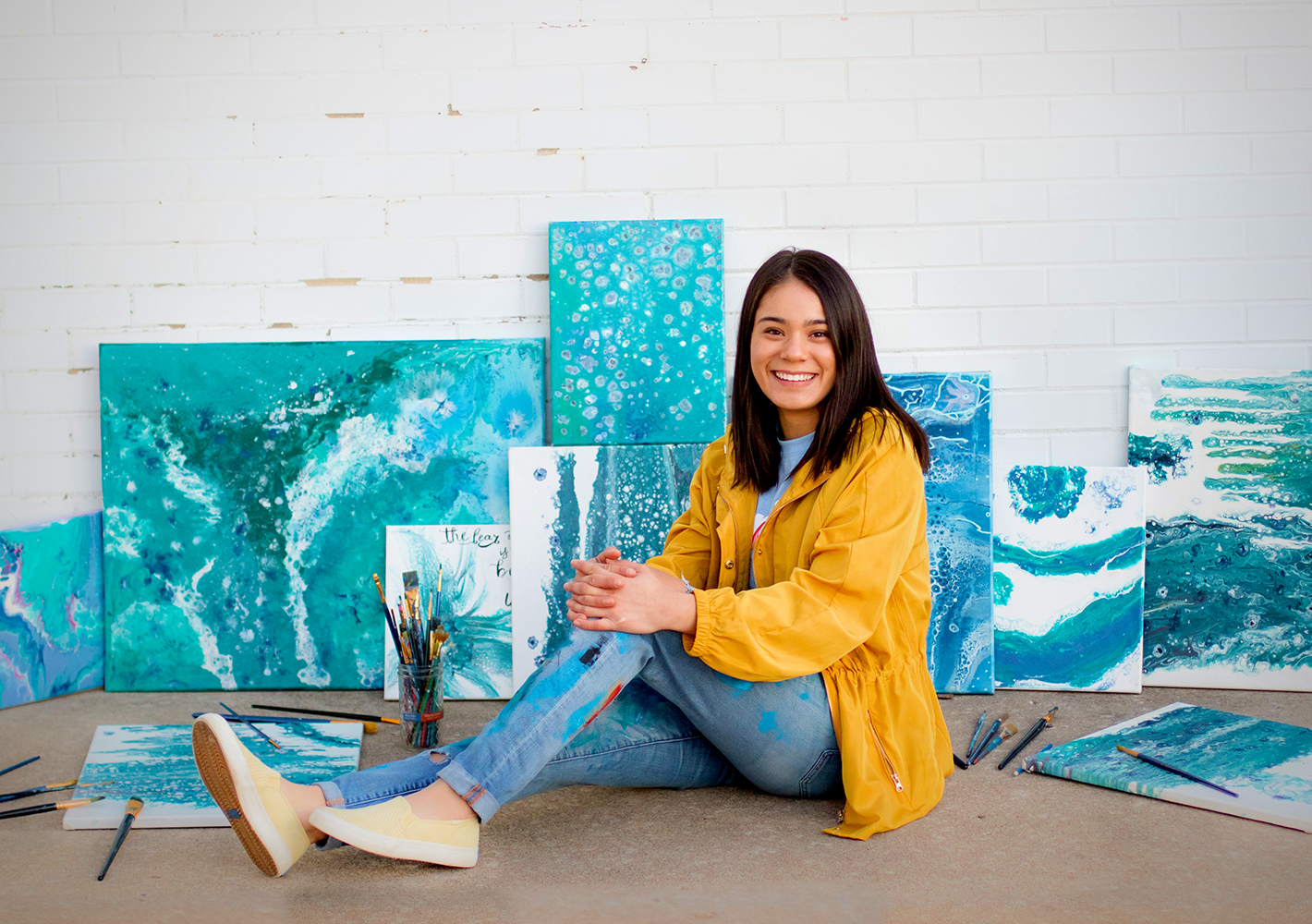

Start Your Creative Painting Journey Today!
Embarking on the path of self-taught painting is not just achievable; it's incredibly rewarding.
By mastering the basics, creating a dedicated workspace, and practicing consistently, you can transform your skills and produce stunning artwork.
Dive into online resources, explore various materials, and most importantly, savor the joy of painting.
With patience and dedication, you can become a self-taught artist and experience a fulfilling, lifelong creative journey.
So, grab your brushes and let your imagination flow—your masterpiece awaits!
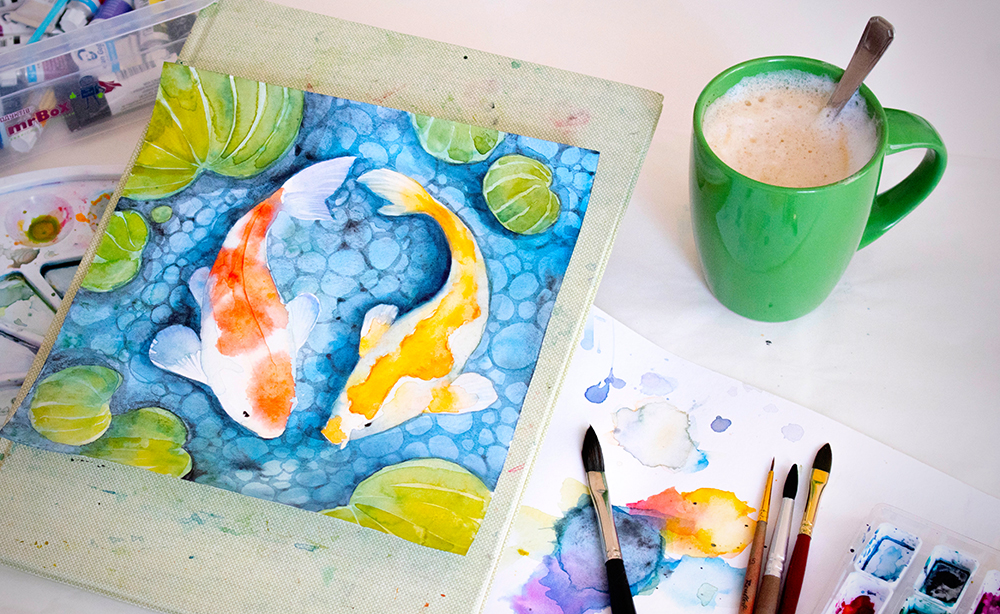
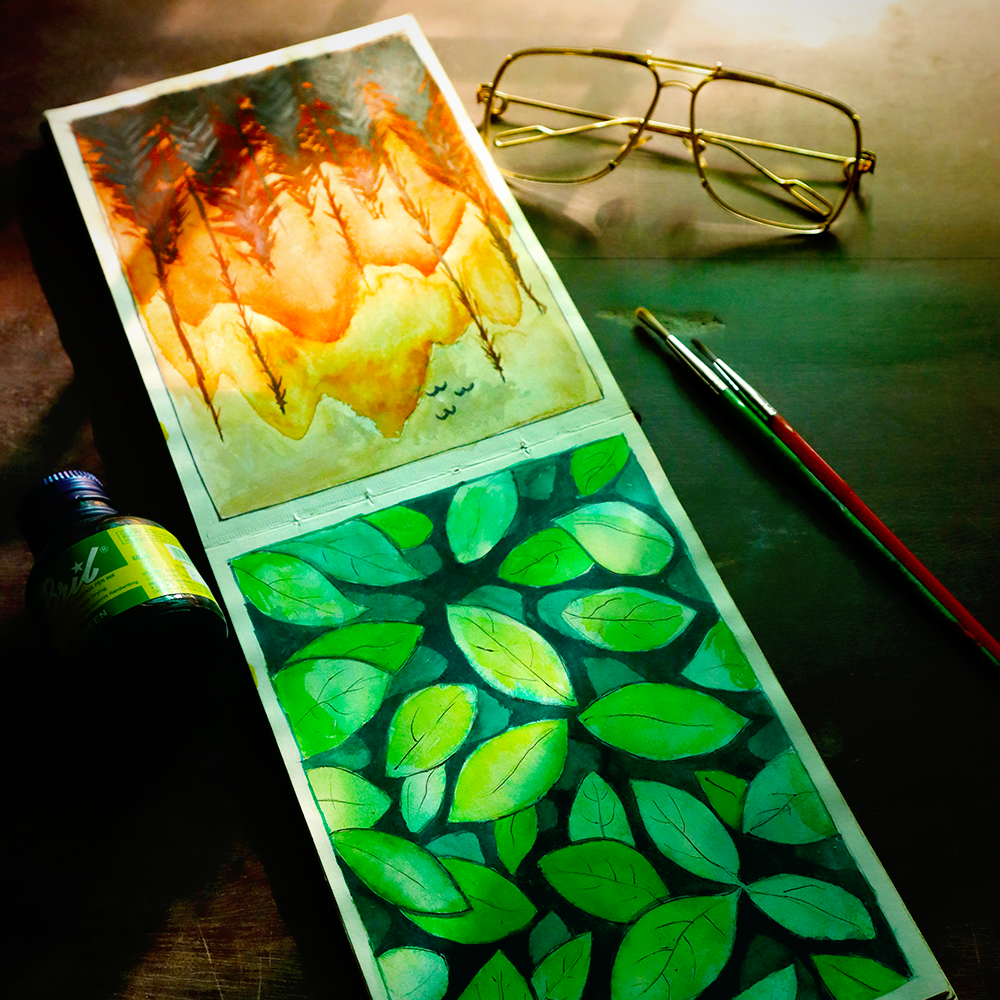
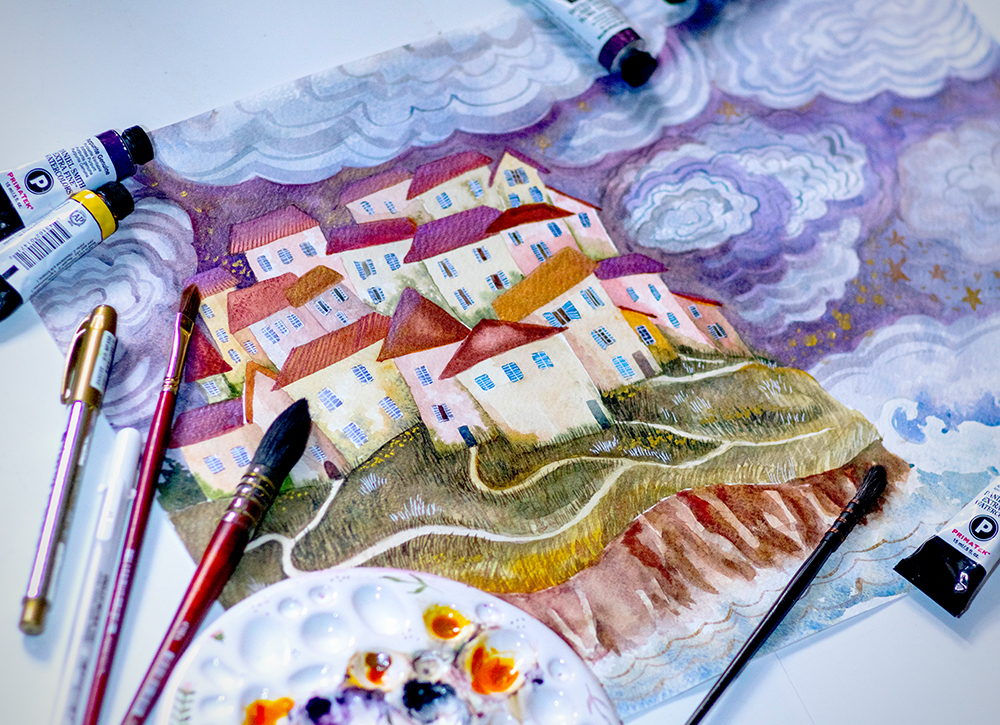
Painting FAQs
Are you ready to dive into the colorful world of painting but have a few questions holding you back? You're not alone!
Whether you're a complete beginner or looking to refine your skills, our Painting FAQs section is here to guide you.
From learning the basics on your own to finding the best online resources and staying motivated, we've got answers to all your burning questions.
Let's get those brushes moving and creativity flowing!
Can I learn to paint by myself without any prior experience?
Absolutely. Many self-taught artists start with no prior experience. With dedication, practice, and the right resources, you can learn to paint and develop your skills over time.
What are the best online resources for learning to paint?
YouTube is an excellent platform for free tutorials on various painting techniques. Websites like Skillshare and Udemy also offer structured courses for a more comprehensive learning experience.
How do I stay motivated during my painting journey?
Setting achievable goals, documenting your progress, and seeking feedback from others can help you stay motivated. Engaging with art communities and finding inspiration in everyday life also keeps the creative spark alive.
What basic supplies do I need to start painting?
To get started, you'll need some essential supplies: a set of brushes, a palette, paints (acrylic, watercolor, or oil, depending on your preference), canvas or paper, and a few jars of water or solvent for cleaning brushes. As you progress, you can expand your toolkit with more specialized items.
How do I choose the right type of paint for me?
The choice of paint depends on your style and preferences. Acrylic paints are versatile and dry quickly, making them great for beginners. Watercolors offer a translucent, fluid look and are easy to clean up. Oil paints provide rich, vibrant colors and a longer drying time, allowing for more blending but require more cleanup effort.
Can I paint without a dedicated studio space?
Absolutely! You don't need a dedicated studio to start painting. A small corner in your home, a portable easel, or even a table can serve as your creative space. Just ensure you have good lighting and proper ventilation, especially if you're using oil paints or solvents.
How do I find my unique painting style?
Finding your unique style takes time and experimentation. Try different techniques, subjects, and mediums to see what resonates with you. Study the works of various artists for inspiration, but don't be afraid to break the rules and create something uniquely yours.
What should I do if I make a mistake in my painting?
Mistakes are part of the learning process. If you make a mistake, don't panic! Acrylics and oils can be painted over once dry, and watercolors can sometimes be lifted or blended. Embrace mistakes as opportunities to learn and grow as an artist.
How can I improve my painting skills?
Practice is key to improving your painting skills. Set aside regular time for painting, experiment with new techniques, and seek constructive feedback from fellow artists or online communities. Consider taking workshops or classes to learn from experienced instructors.
Is it necessary to frame my paintings?
Framing your paintings is not necessary, but it can enhance their presentation and protect them from damage. If you choose to frame your work, select a frame that complements the painting without overpowering it. For canvases, you can also consider gallery-wrapping the edges for a modern, frameless look.
Can I sell my paintings online?
Yes, you can sell your paintings online through various platforms like Etsy, eBay, and dedicated art marketplaces like Saatchi Art or Artfinder. Social media platforms like Instagram and Facebook can also help you reach potential buyers. Make sure to take high-quality photos of your work and provide detailed descriptions to attract buyers.
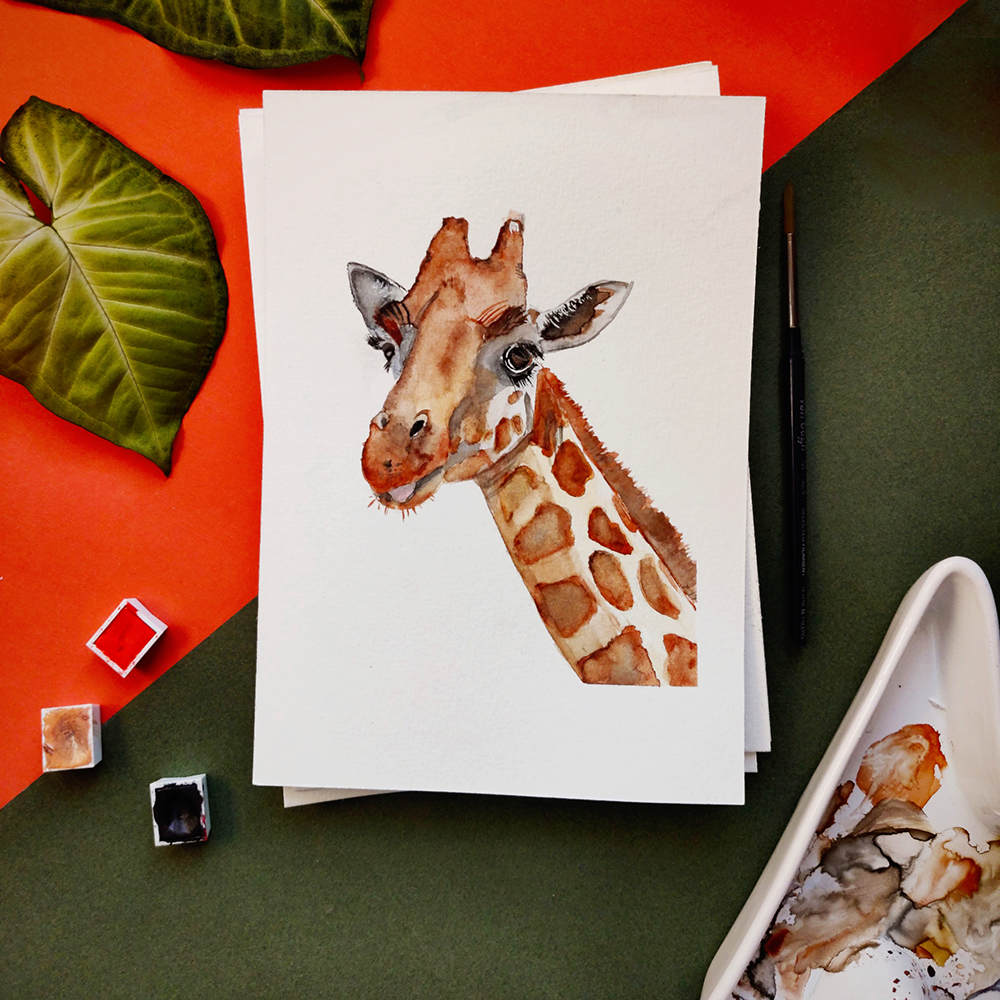
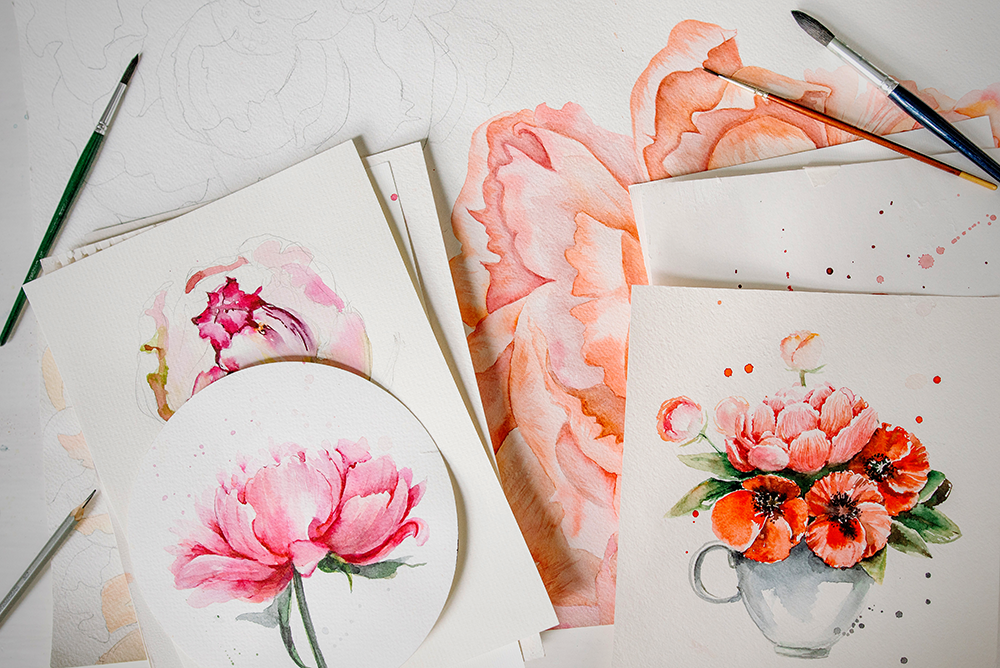
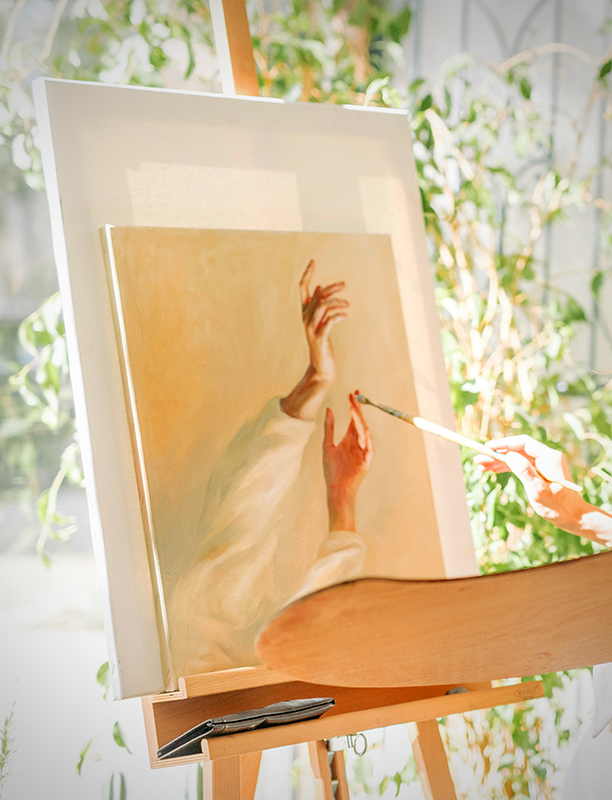
Eager to learn more about how to teach yourself how to paint? Check out Paint Coach's video!
Want even more content about creativity and art?
Be sure to check out all of our creative chronicles!
Ready to dive into the world of painting?
Check out our other painting articles:
-What is the easiest thing to paint?
-What are the 7 rules of painting?
-How long does it take to get good at painting?
-How to start painting as a hobby
